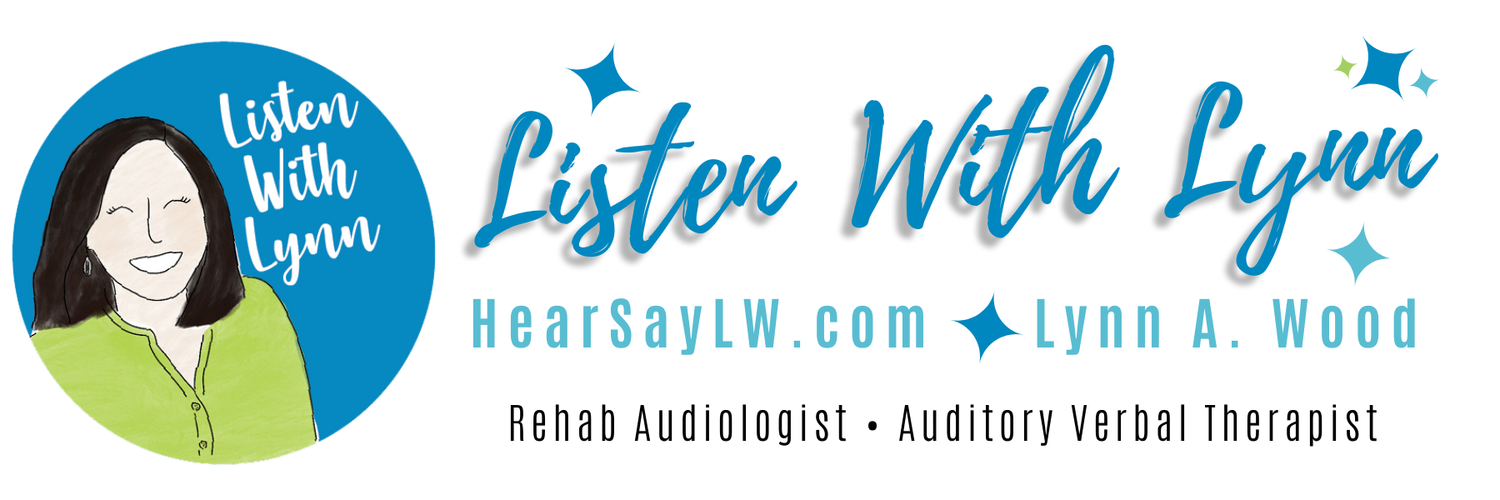My summer reading - all 934 pages. Auditory Verbal Therapy Science, Research, and Practice. Thank you, editors, who are friends Warren Estabrooks, Helen McCaffrey Morrison, and Karen M-Lux.
The book is divided into five parts:
Part I: Overview of Auditory-Verbal Therapy: Foundations and Fundamentals
This section covers the philosophy, history, and principles of AVT, including outcome data, results of a new survey of LSLS Cert. AVT community on global practice patterns in AVT, information on auditory brain development, and evaluation of evidence-based and evidence-informed practice for the new decade.
Part II: Audiology, Hearing Technologies, and Speech Acoustics, and Auditory-Verbal Therapy
This section covers audiology and AVT, hearing aids, implantable and hearing assistive devices, and in-depth speech acoustics for AVT.
Part III: Developmental Domains in Auditory-Verbal Therapy
This section covers the development of listening, three-dimensional conversations, speech, play, cognition, and literacy, as applied to AVT.
Part IV: The Practice of Auditory-Verbal Therapy
Here strategies for developing listening, talking, and thinking in AVT are covered, including parent coaching, the AVT Session: planning, delivery and evaluation, music and singing, assessment, and inclusion of “AVT children” in the regular preschool.
Part V: Extending and Expanding the Practice of Auditory-Verbal Therapy
The final section includes information on children with complex hearing issues, children with additional challenges, multilingualism, children and families experiencing adversity, tele-practice, coaching and mentoring practitioners, and cost-benefit of AVT.


